The global garlic market is experiencing a flavorful boom. This ancient bulb, prized for its culinary versatility and health benefits, is no longer just a kitchen staple; it’s a dynamic commodity with a complex and evolving market. For stakeholders across the garlic supply chain – from growers and processors to importers, distributors, and food manufacturers – understanding the nuances of the wholesale garlic market is essential for making informed decisions and capitalizing on emerging opportunities.
This comprehensive guide delves into the intricacies of wholesale garlic market analysis and reports, providing you with the insights you need to navigate this dynamic landscape.
1. Why Market Analysis Matters: Peeling Back the Layers of the Garlic Trade
In the fiercely competitive world of agricultural commodities, knowledge is power. Wholesale garlic market analysis provides a data-driven understanding of the forces shaping supply, demand, pricing, and trends, empowering you to:
- Make Informed Sourcing Decisions: Identify reliable suppliers, negotiate competitive prices, and secure a consistent supply of high-quality garlic that meets your specific needs.
- Optimize Inventory Management: Anticipate market fluctuations, adjust your purchasing strategies, and minimize the risk of spoilage or shortages, ensuring you have the right amount of garlic at the right time.
- Identify Growth Opportunities: Spot emerging trends, explore new markets, and develop innovative products that capitalize on evolving consumer preferences and market demands.
- Gain a Competitive Edge: Stay ahead of the curve by understanding your competitors’ strategies, market positioning, and potential vulnerabilities, allowing you to differentiate your offerings and capture market share.
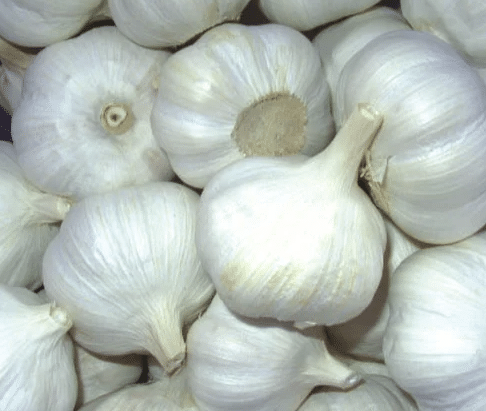
2. Key Components of Wholesale Garlic Market Reports: Unpacking the Data
Wholesale garlic market reports provide a wealth of information, often presented in a structured format to facilitate analysis. Key components typically include:
- Executive Summary: A concise overview of the report’s key findings, highlighting major trends, growth drivers, and challenges in the wholesale garlic market.
- Market Overview: A comprehensive analysis of the global garlic market, including market size, segmentation (by form, variety, application, etc.), geographical distribution, and key players.
- Supply & Demand Dynamics: An in-depth examination of garlic production, consumption patterns, import-export activities, and factors influencing supply and demand equilibrium.
- Pricing Analysis: Historical data and projections on garlic prices, influenced by factors such as production costs, weather conditions, global trade dynamics, and market speculation.
- Competitive Landscape: Profiles of major garlic producers, exporters, importers, and distributors, including their market share, competitive strategies, strengths, and weaknesses.
- Emerging Trends & Opportunities: Identification of key trends shaping the future of the wholesale garlic market, such as the growing demand for organic garlic, the rise of online garlic marketplaces, and the increasing use of garlic in processed foods and dietary supplements.
- Challenges & Risks: An assessment of potential challenges and risks that could impact the garlic market, including climate change, plant diseases, trade barriers, and geopolitical instability.
3. Types of Market Analysis: Choosing the Right Lens for Your Needs
Different analytical approaches provide unique perspectives on the wholesale garlic market. Common types of market analysis include:
- PESTLE Analysis: Examines the impact of Political, Economic, Social, Technological, Legal, and Environmental factors on the garlic market, providing a holistic understanding of the macro-environment.
- Porter’s Five Forces Analysis: Assesses the competitive intensity and attractiveness of the garlic market by analyzing the bargaining power of buyers and suppliers, the threat of new entrants and substitutes, and the rivalry among existing competitors.
- SWOT Analysis: Identifies the Strengths, Weaknesses, Opportunities, and Threats of individual garlic businesses or the market as a whole, facilitating strategic planning and decision-making.
- Trend Analysis: Examines historical data and current market signals to identify emerging trends and predict future market behavior, enabling businesses to adapt and capitalize on new opportunities.
4. Sources of Market Information: Where to Find Your Garlic Data
A wealth of resources provide valuable insights into the wholesale garlic market. Key sources include:
- Market Research Firms: Specialized firms like Nielsen, Statista, and Mordor Intelligence publish comprehensive garlic market reports, often for a fee, providing in-depth analysis and data-driven insights.
- Government Agencies: Agricultural departments and trade organizations in major garlic-producing and consuming countries often publish market data, statistics, and reports on garlic production, trade, and consumption.
- Industry Publications: Trade magazines, online portals, and newsletters dedicated to the garlic industry or the broader agricultural sector often feature market analysis, industry news, and expert commentary.
- Academic Research: Universities and research institutions conducting studies on garlic cultivation, market dynamics, or consumer trends can provide valuable insights and data.
- Online Databases: Publicly available databases, such as those maintained by the Food and Agriculture Organization of the United Nations (FAO) and the World Trade Organization (WTO), offer statistics on garlic production, trade, and consumption.
5. Interpreting Market Reports: Turning Data into Actionable Insights
Raw data is only as valuable as the insights it generates. Effectively interpreting market reports requires:
- Identifying Key Trends: Look for patterns, shifts, and emerging themes in the data that could impact your business. For example, is the demand for organic garlic growing faster than conventional garlic?
- Understanding the “Why” Behind the Data: Don’t just focus on the numbers; delve into the underlying factors driving the trends. For example, is increased consumer demand for organic foods driving the growth of the organic garlic market?
- Assessing the Relevance to Your Business: Not all trends will be equally relevant to your specific business model or target market. Focus on the insights that align with your strategic goals and market positioning.
- Developing Actionable Strategies: Translate market insights into concrete actions. For example, if the report highlights a growing demand for organic garlic in a specific region, consider exploring sourcing options for organic garlic to target that market.
6. The Future of Garlic: Trends Shaping the Market
The wholesale garlic market is dynamic, influenced by evolving consumer preferences, technological advancements, and global market forces. Key trends shaping the future of the garlic trade include:
- Rising Demand for Organic Garlic: Consumers are increasingly seeking out organic produce, driven by health and environmental concerns. This trend is fueling the growth of the organic garlic market, creating opportunities for growers and suppliers of certified organic garlic.
- Growing Popularity of Convenience Foods: The fast-paced modern lifestyle is driving demand for convenience foods, including those featuring garlic as a key ingredient. This trend presents opportunities for garlic processors to develop and supply ready-to-use garlic products, such as minced garlic, garlic paste, and garlic-infused oils.
- Increasing Interest in Garlic’s Health Benefits: Garlic has long been recognized for its potential health benefits, including boosting the immune system, reducing blood pressure, and improving cholesterol levels. As scientific research continues to explore these benefits, consumer interest in garlic as a health-promoting ingredient is likely to grow, creating opportunities for garlic-based dietary supplements and functional foods.
- Technological Advancements in Garlic Production: Innovations in garlic cultivation, such as precision farming techniques, controlled-environment agriculture, and disease-resistant garlic varieties, are poised to improve yields, enhance quality, and increase the efficiency of garlic production.
- The Rise of E-commerce and Online Garlic Marketplaces: The digital revolution is transforming the way garlic is traded, with online platforms connecting buyers and sellers directly, facilitating global trade, and increasing market transparency.
Staying Ahead of the Curve: Making Market Analysis an Ongoing Practice
The wholesale garlic market is not static; it’s a constantly evolving ecosystem. To thrive in this dynamic environment, it’s crucial to make market analysis an ongoing practice:
- Regularly Review Market Reports: Stay updated on the latest market trends, pricing information, and competitive dynamics by regularly reviewing industry reports and publications.
- Track Key Indicators: Monitor relevant market indicators, such as garlic production levels, import-export data, and pricing trends, to identify potential shifts and anticipate market fluctuations.
- Engage with Industry Experts: Attend trade shows, conferences, and webinars to network with industry professionals, gain insights from market analysts, and stay informed about emerging trends.
- Embrace Data Analytics: Leverage data analytics tools and software to analyze market data, identify patterns, and generate actionable insights that can inform your business decisions.
By embracing a data-driven approach, staying informed about market dynamics, and adapting to evolving trends, you can position your business for success in the flavorful and ever-evolving world of wholesale garlic.
Why Choose CAIE for Your Wholesale Garlic Needs?
As a leading supplier of high-quality garlic from Shandong Province, China – the world’s largest garlic-producing region – CAIE offers food processors a unique combination of advantages:
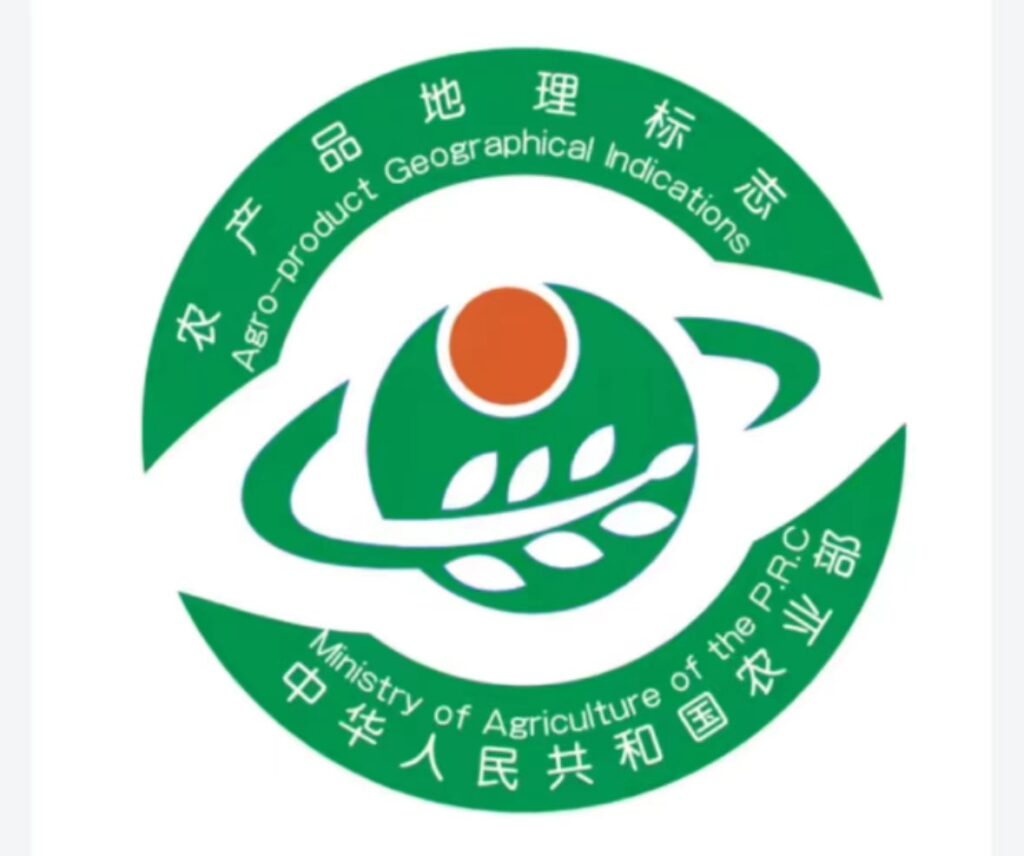

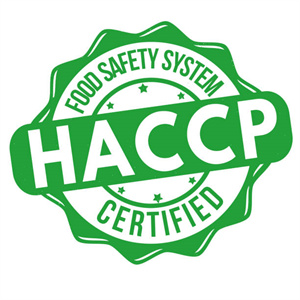
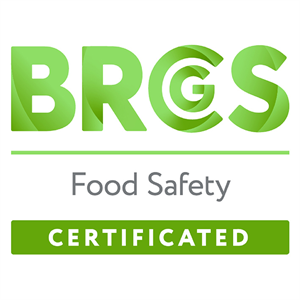
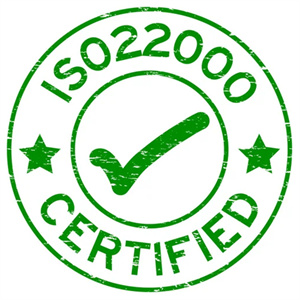
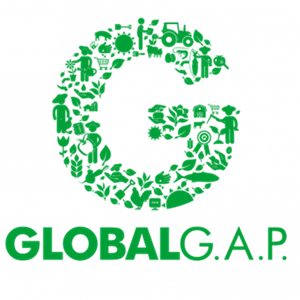
- Unwavering Commitment to Quality: At CAIE, quality is non-negotiable. Our garlic is cultivated on over 10,000 acres of company-owned farms in Jinxiang County and Weifang City, adhering to the highest international standards, including those of the European Union, Japan, and the U.S. From soil analysis and seed selection to green planting and harvesting, we maintain meticulous control over every stage of production to ensure exceptional quality and flavor consistency.
- Reliable Supply & Capacity: With our extensive farming operations, modern storage facilities exceeding 100,000 square meters, and a dedicated logistics team in the Weifang Free Trade Zone, CAIE guarantees a consistent and reliable supply of garlic to meet the demands of even the largest food processors. We offer flexible order sizes, competitive lead times, and the capacity to handle large-scale orders efficiently.
- Garlic Expertise & Customized Solutions: Backed by a team of agricultural experts and a foreign trade division with over 20 years of experience, CAIE provides unparalleled expertise in garlic varieties, forms, and their suitability for specific food processing applications. We work closely with our clients to understand their unique needs and develop tailored solutions, from sourcing specific garlic types to providing custom processing and packaging options.
- Sustainable & Ethical Sourcing: CAIE is committed to sustainable agriculture practices and ethical sourcing throughout our supply chain. We prioritize environmentally responsible farming methods, fair labor practices, and transparency in our operations. By choosing CAIE, you’re not only getting premium garlic but also supporting a company that aligns with your values.
- Partnership Approach & Customer Focus: At CAIE, we believe in building long-term partnerships with our clients based on trust, transparency, and mutual success. Our dedicated customer support team is always available to answer your questions, address your concerns, and provide ongoing support to ensure your complete satisfaction.
